A low FODMAP diet removes foods that have specific characteristics which can cause gas, bloating and/or diarrhea in people with Irritable Bowel Syndrome (IBS). FODMAPs are short chain carbohydrates commonly found in foods:
F- fermentable
O – oligosaccharides
D – disaccharides
M – monosaccharides
A -and
P – polyls
Some of these foods that are high in disaccharides and oligosaccharides (lactose, fructans, galacto-oligosaccharides (GOS)) create more gas in our bodies. The monosaccharides and polyls (fructose, sugar alcohols) draw excess water into the intestines. Removing foods with these characteristics can help up to 75% of those who struggle with IBS. It is important to discuss with your doctor whether a low FODMAP diet is right for your child.
How does a low FODMAP diet work?
For the first 2-4 weeks, eliminating all FODMAPs will help you to see if there are some food components that are causing stomach upset. If your child feels better after removing these foods, you can then work on re-introducing foods from a one category at a time. This will narrow down which foods trigger your child’s symptoms. For example, they may tolerate oligosaccharides and disaccharides just fine, but monosaccharides and polyls really bother them.
How do I start a low FODMAP diet?
Being familiar with foods in each category can help you get started. Here are a few examples of common foods from each category:
Lactose – milk, ice cream, yogurt, soft cheeses
High Fructose – apples, pears, watermelon, mango, figs, artichokes, asparagus, agave, honey and high fructose corn syrup
Fructans – nectarine, watermelon, persimmon, dried fruits, artichokes, garlic, onion, peas, wheat, barley, rye and inulin
GOS – dried beans, soybean, split peas, some nuts like cashew and pistachio
Polyls – apples, apricots, blackberries, nectarine, peach, pear, mushrooms and cauliflower, sugar alcohols
It may seem overwhelming with the list of foods to avoid. Try to focus on what your child CAN eat!
There are many resources and tools online to help you with grocery shopping, meal planning and recipes to create healthy low FODMAP meals. Here are a couple favorites:
Remember to reach out to your doctor or dietitian to help make sure your child has a healthy, balanced diet while following the low FODMAP diet!
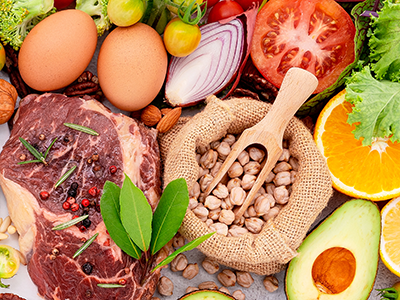 https://riseandshine.childrensnational.org/wp-content/uploads/2023/11/ketogenic-foods-feature.png
300
400
Rise and Shine
https://riseandshine.childrensnational.org/wp-content/uploads/2017/11/childrens_riseandshine_logo.jpg
Rise and Shine2023-11-16 15:06:312023-11-16 15:15:01Using ketogenic diets to manage seizures
https://riseandshine.childrensnational.org/wp-content/uploads/2023/11/ketogenic-foods-feature.png
300
400
Rise and Shine
https://riseandshine.childrensnational.org/wp-content/uploads/2017/11/childrens_riseandshine_logo.jpg
Rise and Shine2023-11-16 15:06:312023-11-16 15:15:01Using ketogenic diets to manage seizures


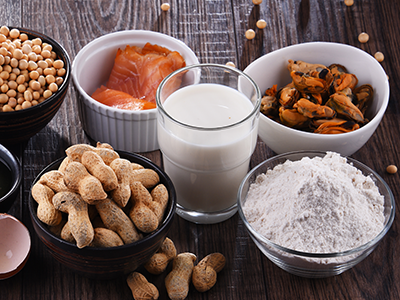
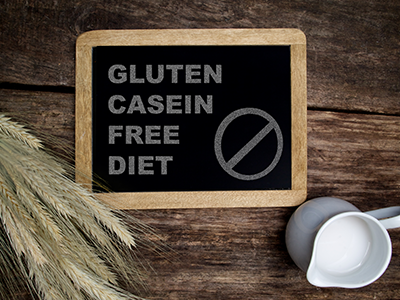

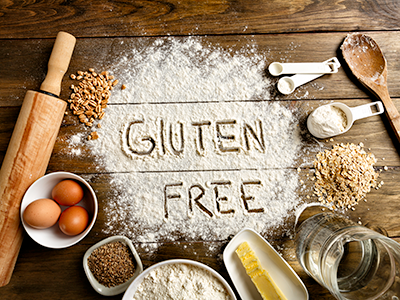



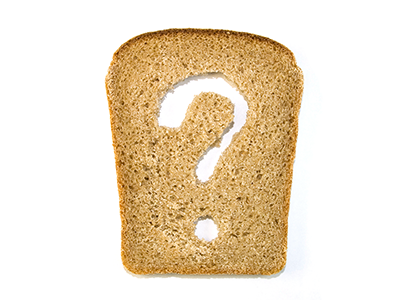

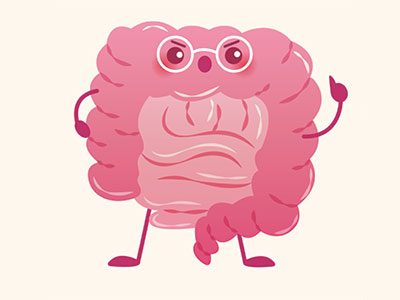



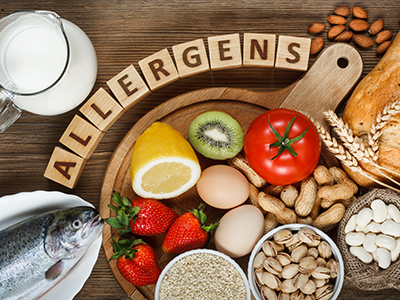

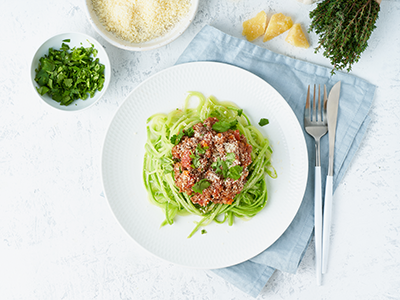
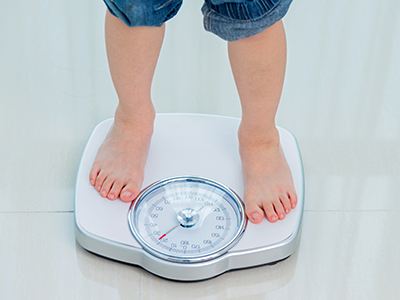
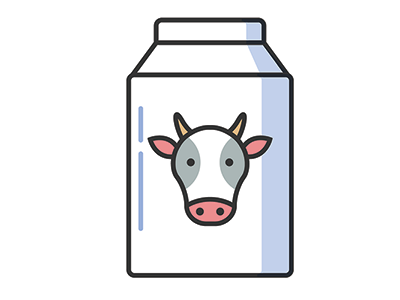
Leave a Comment
Want to join the discussion?Feel free to contribute!